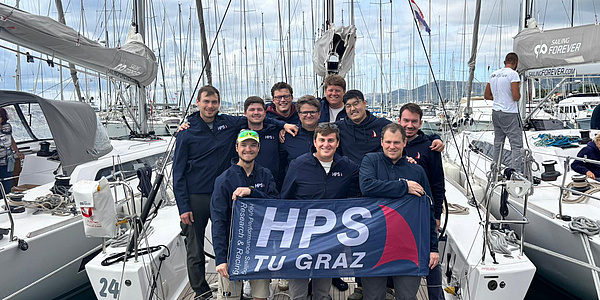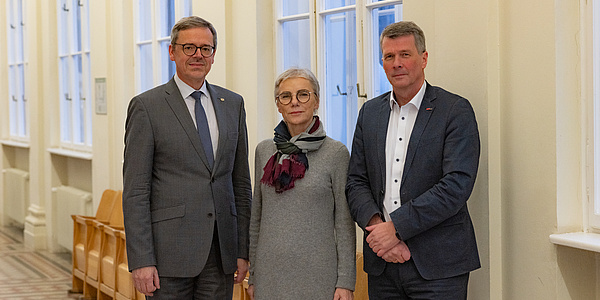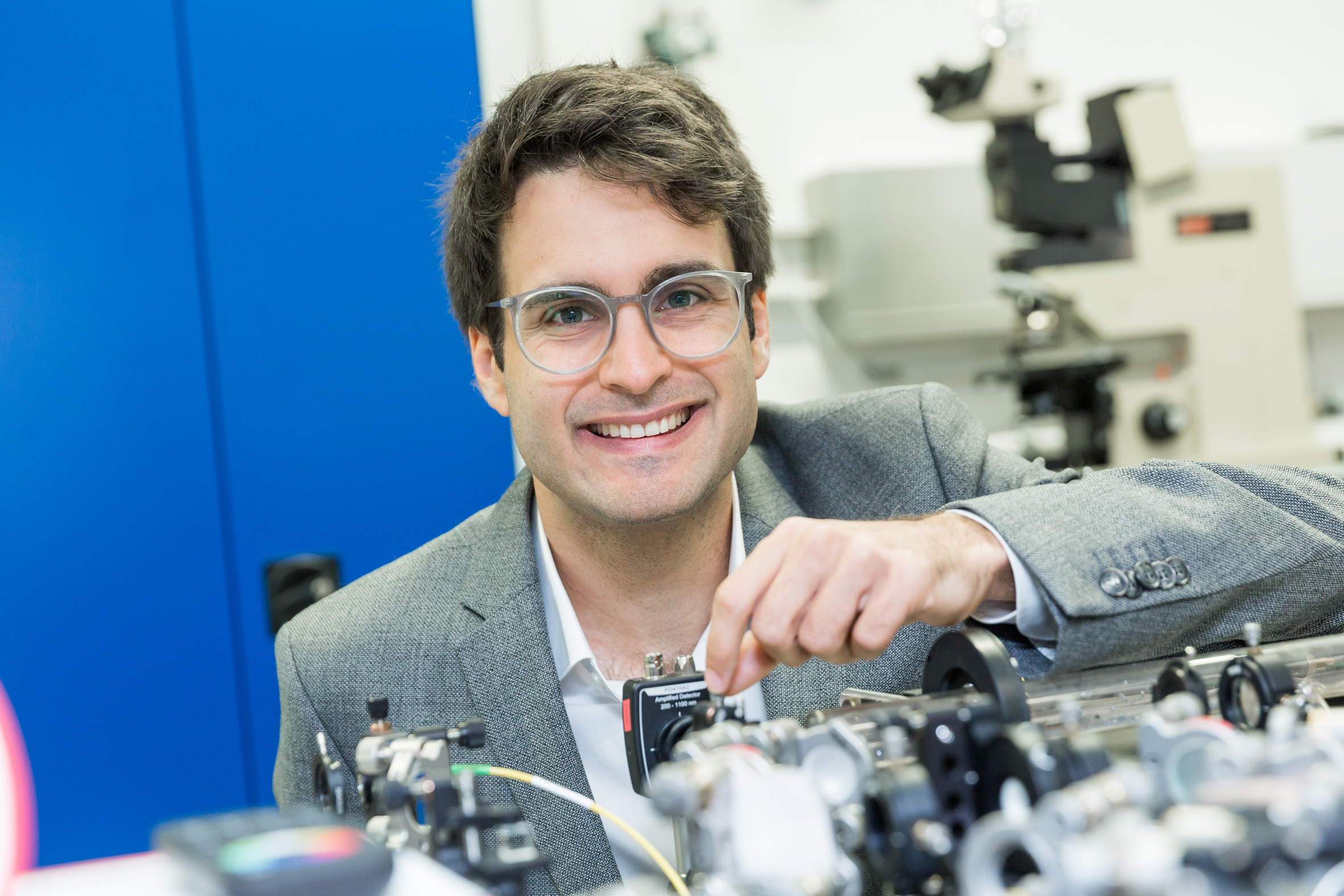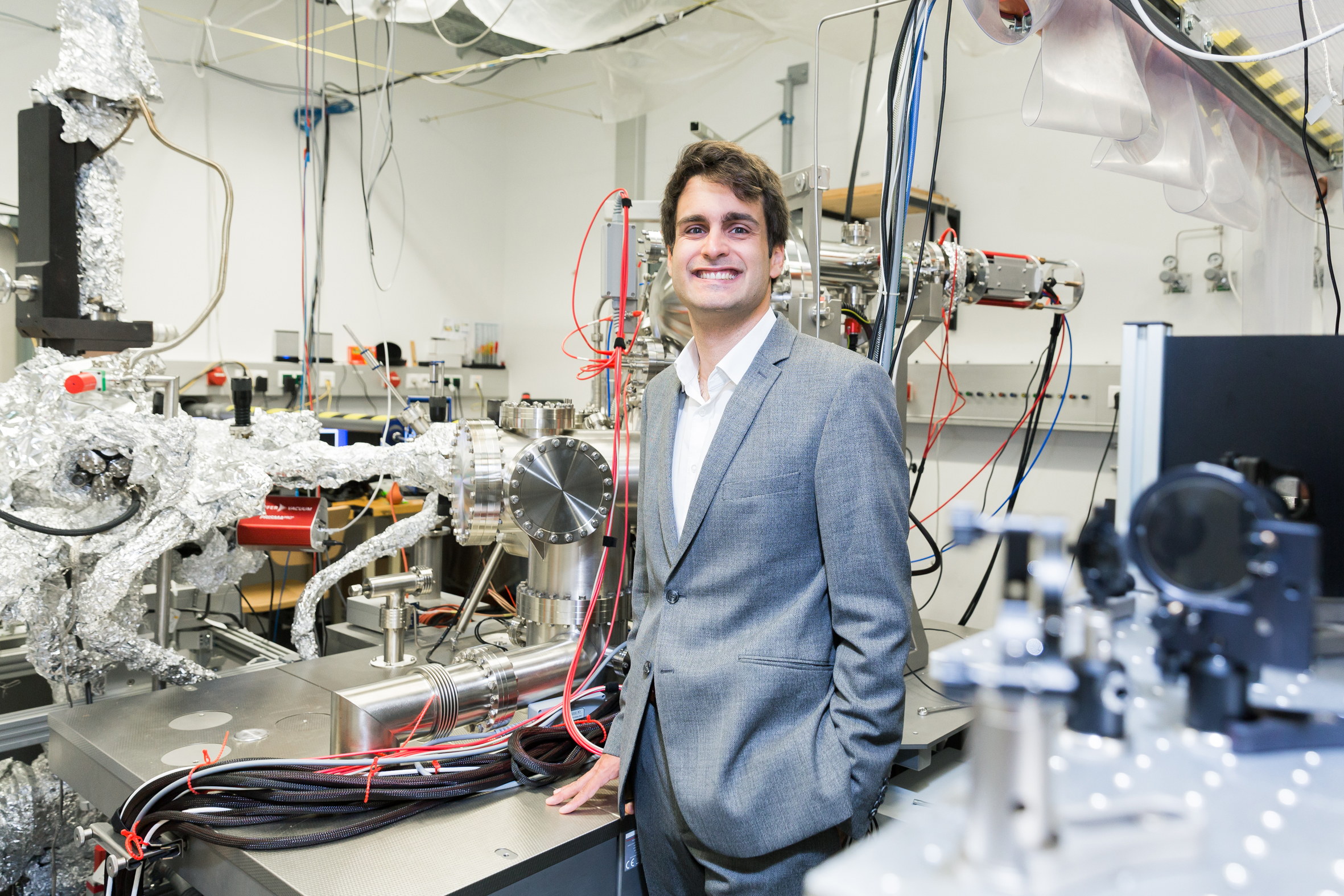Experimental Physicist Marcus Ossiander Awarded START Prize 2022
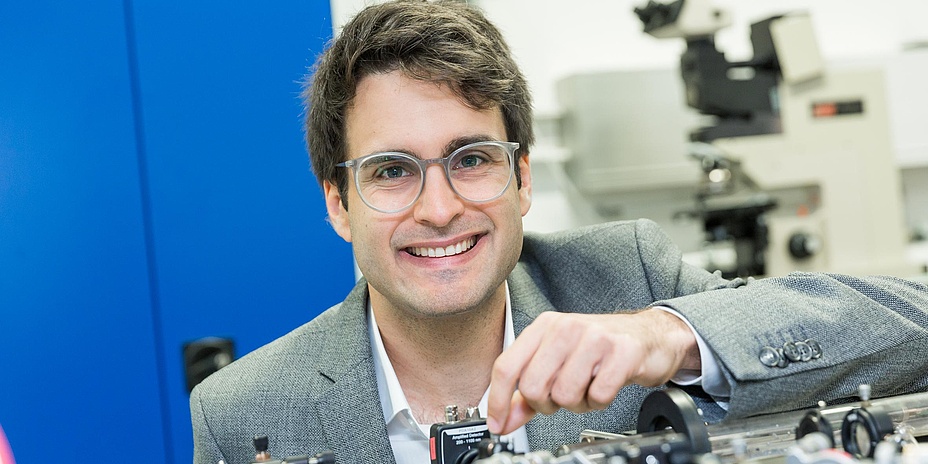
Additional Images for download at the end of the text
Marcus Ossiander (born 1989 in Munich, Germany) wrote his doctoral thesis at the Max Planck Institute of Quantum Optics and obtained his PhD in ultrafast physics under Prof. Dr. Reinhard Kienberger at the TU Munich. He has been conducting research on meta-optics at Harvard University since 2020. He is carrying out the START project at the Institute of Experimental Physics at Graz University of Technology (TU Graz), where he wants to build a microscope in the next few years of research that can be used to observe physical processes in the attosecond range. An attosecond is a trillionth of a second and “is to a second what a second is to the age of the universe”, as Ossiander explains in the interview with the Austrian Science Fund, going on to say that this opens up new applications for attosecond physics: “We can use it to study solar cells, improve catalysis and other chemical reactions, or even analyse how fast digital communication can be in the first place.”
Ein Interview mit START-Preisträger Marcus Ossiander findet sich in scilog - the magazine of the Austrian Science Fund FWF.
Nanostructures and ultraviolet light at the core of the solution
Marcus Ossiander wants to use nanostructures for this in the same way that they are used for virtual reality. These optics are similar in function to a photo lens, but are flat. The new technology is designed to focus particularly high-energy ultraviolet light. Other optics – conventional lenses, for example – cannot do this because extreme ultraviolet light is absorbed by almost all materials due to its short wavelength. The short wavelength in turn then makes it possible to observe the smallest electronic movements with time resolutions in the range of attoseconds.
This research area is anchored in the Field of Expertise “Advanced Materials Science”, one of the Five Fields of Expertise at TU Graz.
Kontakt
Marcus OSSIANDER
Dr. rer. nat.
TU Graz | Institute of Experimental Physics
Harvard University | John A. Paulson School of Engineering And Applied Sciences
Phone +1 617 955 1387
mossiander@seas.harvard.edu
